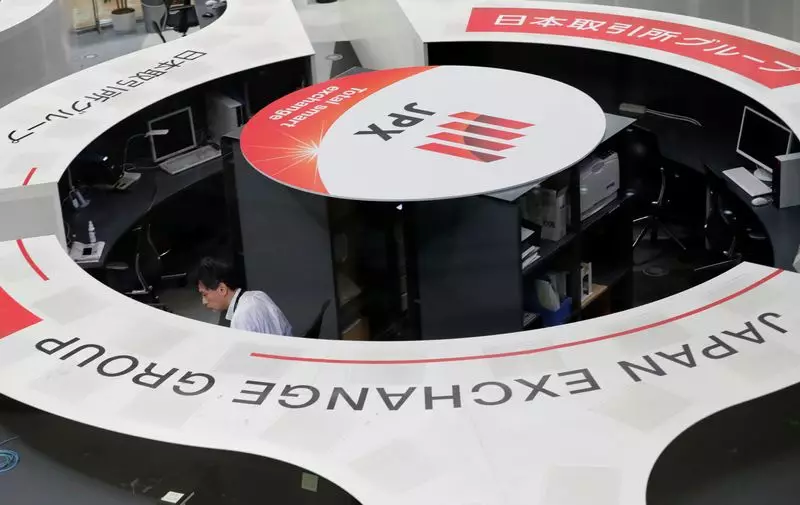In the ever-evolving world of finance, certain days prove pivotal in steering the market’s trajectory. Recently, a combination of strong economic indicators from the U.S. and geopolitical tensions has led to significant shifts, impacting everything from stock markets across Asia to currency values internationally. Investors are keenly analyzing these developments to navigate this intricate landscape.
The spark that ignited the recent market rally was a surprising report from the U.S. labor sector, which detailed an unexpected surge in job creation. According to the reports from the Non-Farm Payrolls released last Friday, the U.S. economy added the most jobs in six months during September. This data not only shattered existing recession fears but also redefined the landscape for interest rate expectations among traders. As the figures rolled in, they prompted a significant shift in sentiment, showcasing the resilience of the U.S. economic engine.
In light of this employment surge, bets on significant rate cuts by the Federal Reserve have drastically declined. The outlook now favors a moderate quarter-point reduction during the upcoming policy announcement slated for November 7, which reflects a growing confidence in sustainable economic growth.
The ripple effects of the U.S. employment data reverberated across Asia, where stocks experienced robust gains. Notably, Japan’s Nikkei index surged by 2% in the early hours of trading, benefiting from a concurrent weakening of the yen. The Australian stock market and South Korea’s Kospi also saw slight increases, indicating a positive outlook across the region. This upward trajectory signals a renewed optimism regarding corporate earnings potential, with analysts emphasizing the strong relationship between economic growth and market performance.
Hong Kong’s Hang Seng index and mainland Chinese stocks remain somewhat insulated due to ongoing public holidays, which limits their immediate market response. However, the overall trend suggests that Asian markets are ready to capitalize on any favorable developments from the U.S. economic landscape.
The U.S. dollar has witnessed a significant rally, reaching a seven-week high against the yen, with figures pushing beyond 149.10 yen. This resurgence further cements the dollar’s status as the world’s go-to currency amidst fluctuating global sentiments. Japan’s currency officials have signaled vigilance regarding exchange rate movements, illustrating the delicate balance they must maintain in the face of volatile international forex markets.
Conversely, the euro experienced a slight decline against the dollar, nearing a seven-week low. This trend raises questions about the relative strength of the eurozone economy and how it competes with U.S. economic resilience.
Crude oil markets displayed a nuanced reaction. After reaching a one-month peak, prices began to ease despite ongoing military escalations in the Middle East. The juxtaposition of rising crude oil prices with geopolitical instability showcases the complexities commodity markets face in response to external pressures. Even with significant military actions in regions such as Lebanon and Gaza, crude oil prices have shown resilience, although they retreated slightly after their largest weekly gains in over a year.
This downturn in crude prices is reflective of a greater context, where economic indicators and geopolitical tensions are constantly at play. The Brent crude and West Texas Intermediate benchmarks illustrate this complex interaction, where traders remain cautious yet optimistic.
As we look to the horizon, the financial landscape appears to be rich with opportunities for savvy investors. With U.S. economic indicators pointing towards resilience and potential growth, market participants must remain vigilant about forthcoming data releases that could further influence rates and currency valuations. Furthermore, geostrategic tensions in the Middle East will likely continue to keep markets on edge, underscoring the need for diversification and risk management in investment strategies.
The blend of positive U.S. labor market indicators and the cautious optimism in Asia represents a significant moment in the current economic climate. Investors are facing a period filled with potential as they navigate through these complexities, armed with a clearer understanding of economic interdependencies on global markets.

